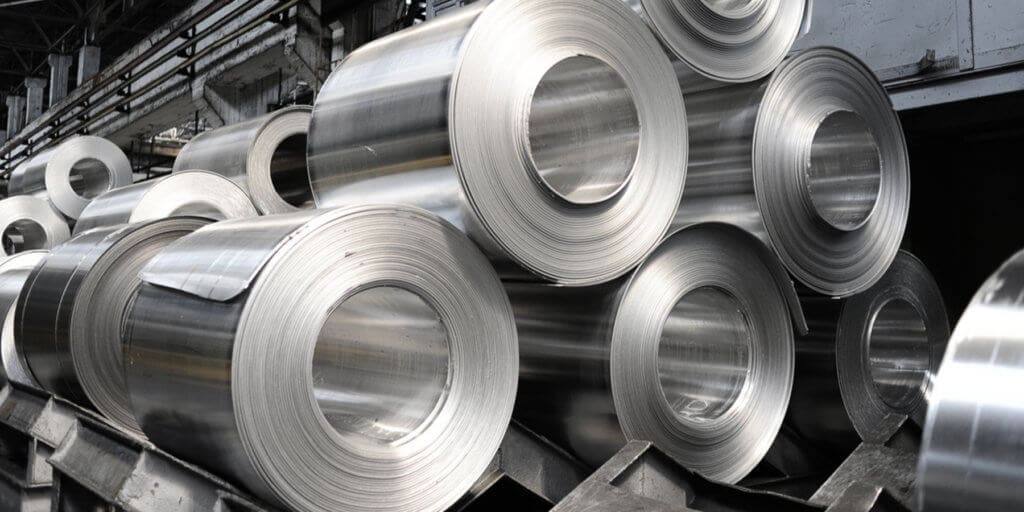China is “probably more critical” than Russia in terms of aluminium capacity, we were told. “There’s also a sign that Turkey has started buying a lot of Russian aluminium and Turkey is a big consumer, a big extruder of aluminium parts,” the specialist said. Ultimately, Rusal’s 6% supply could remain in the market even with a ban by the White House or LME. But if that 6% becomes unavailable, a shortage could ensue.
The Interview also discussed how small European smelters that operate on short-term contracts are more exposed to energy price swings than Norway and Iceland, which are typically supplied by long-term contracts. Germany was highlighted as the most exposed country with a potential shortage on the horizon due to its greater reliance on Russian energy.
Although nearly half of continental Europe’s capacity has been curtailed, the expert said “the worst seems to be behind us in terms of spot energy prices”. Assuming prices do not rise again, fresh curtailments are unlikely. As curtailing a smelter is “extremely expensive” – costing up to USD 100m – further curtailments should be viewed as a warning sign.
Smelter energy costs are typically USD 30 per megawatt and in Europe have reached “well above USD 100 and even exceeding USD 200 per megawatt-hour”. For context, energy typically accounts for 25-30% of production costs and in continental Europe has reached up to 75% during the energy crisis. “If the energy price goes down to maybe around USD 50-60 per megawatt hour in Europe, for most smelters, that could be a fairly positive sign,” the expert said.
Turning to the US, we heard primary aluminium capacity is under 900,000 metric tonnes a year – with one million tonnes sent to landfill. “Some of it is secondary aluminium that is more challenging to recycle, but a lot of work could be done there to… put it back in the market, which would basically more than double the US primary aluminium production.”
Click here to access all the human insights in Third Bridge Forum’s Aluminium Outlook – Supply Risks & Capacity Investment Trends Interview.
The information used in compiling this document has been obtained by Third Bridge from experts participating in Forum Interviews. Third Bridge does not warrant the accuracy of the information and has not independently verified it. It should not be regarded as a trade recommendation or form the basis of any investment decision.
For any enquiries, please contact sales@thirdbridge.com



